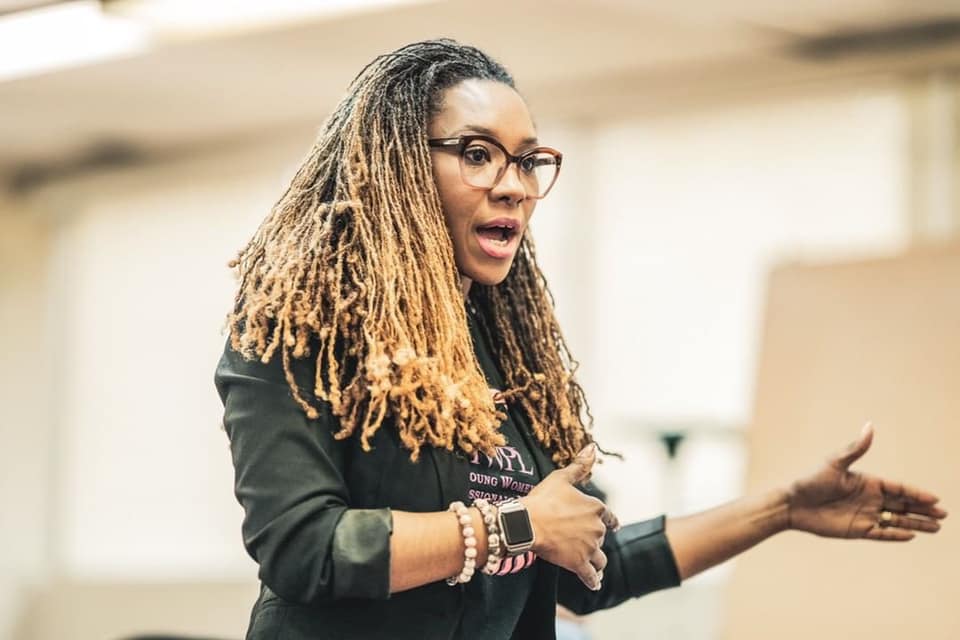Can You Repeat the Question? 5 Hacks to Avoid Communication Glitches
You may think that you’re a good communicator, but getting your point across clearly to others takes more than just saying what’s on your mind.
According to the Merriam-Webster dictionary, communication means “to convey knowledge of or information about”, to make something known. But does this guarantee that someone always understands what we’re trying to say?
What is a communication glitch? It is a malfunction in communicating information to another person. Communication glitches happen when your communication fails, and clear communication has left the chat. It can happen with anyone, but especially at work or home.
Here are examples of common Communication Glitches:
- The idea that something is common sense
- Not everything is common sense (unfortunately)
- What may seem right or true to you, is not always universal.
- Assuming someone else’s knowledge on something
- When having a conversation with someone, never assume someone’s background knowledge. Everyone’s life experiences are different. Assumption is the cause for many communication glitches.
- Not comprehending a difference in tone for certain people
- This is common when communicating via the phone or online.
Feelings and assumptions can cause something to be lost in translation during a conversation.
Why? Well, there are three sides to every feeling:
- Content: what is trying to be conveyed
- Delivery – how the delivery or communication occurs
- Perception – how the receiver understood the message
Nowadays, ending a text message with a period (ex. “Don’t do it.”), can be perceived as a stern order. In the same vein, sending a message in all caps (ex. “DON’T DO IT”) can be perceived as a more direct order or sometimes even playful. It all depends on the context, as well as how well the sender is ‘packaging’ his message.

Most miscommunication happens over the phone or online, especially since the person receiving the information isn’t able to visually ‘read’ the other person.
What can we do to be better understood? And, what can you do to better understand?
Here are 5 essential ‘hacks’ for Effective Communication:
According to Lori S. Katz Ph.D., effective communication is “communication that is received in the way it is intended” (Katz, 2015). It takes into consideration the context, delivery, and how the message is or can be heard.
- Understand the context of the conversation
- Make sure you take into account the physical and emotional environment of the conversation (i.e. how is the other person feeling, is this a good time to bring up this issue, is the other person ready to listen, etc.)
- Check your own emotional level
- How are you feeling in this situation, are you calm or irritated? Make sure to ground yourself and breathe before starting a more serious conversation.
- Know what your message is
- What is your message? Is it clear or does it contain mixed signals? Knowing your message can help to reduce communication glitches.
- Pay attention to how you package your message
- Think before speaking, if you intend to talk about your feelings with another, try starting with an I-message (i.e. I feel hurt when you ignore my text messages). A you-message (i.e. “You never respond to my texts and you hurt me”), putting blame on them can make it harder to resolve the issue with the other person.
- Be a good listener and attentive when communicating.
- Communication is A two-way street, communicate the way you wish to be understood and spoken back.
Miscommunication is inevitable at both work and home. Overcoming communication glitches can be difficult, but understanding what causes them is a good place to start! A tip for more serious or difficult conversations is to write out notes of what you want to say beforehand. This will help you to stay grounded and confident when conveying your message.